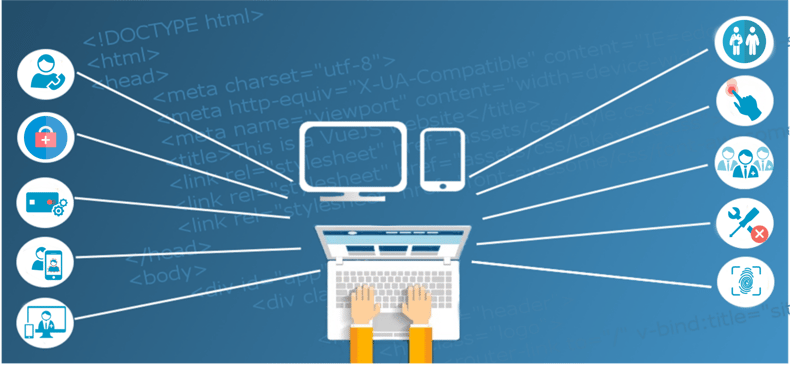Why Should Your EMR Be Cross-Platform Accessible?
Have you ever been placed in the unfortunate situation where an emergency requires you to retrieve a patient’s file from your clinic after hours? If you have, then you know the stress this creates for everyone involved. How can cross-platform accessibility overcome this barrier?
It’s 2:00 am and you (or one of your staff) get a call from a nearby hospital- you’re told that one of your patients is in critical care and reacting poorly to treatment. They urgently need access to the patient’s medical record to learn if they have any allergies or history that could explain the complications. Your clinic is a 20-minute drive away.
Although perhaps a lesser experienced situation, studies show that patient charts cannot be located on 30% of visits, highlighting the clear disadvantages of having information stored onsite at a practice (whether in a physical file or local server).1 In each case, valuable and potentially life-saving information remains inaccessible or worse, inaccurate.
Introducing The Age Of Cross-Platform Software
In 2013, reports indicated that only 41% of U.S. hospitals were able to send/receive secure electronic messages containing patient health information from external sources.1 Rather than being limited by your practice, patient data should be readily accessible to those who need it most: healthcare providers and the patient themselves- this is where cross-platform EMR software holds the potential to make a powerful difference.
In its simplest form, “cross-platform software” means that the program can be used on a variety of platforms- this can be anything from your computer to your smartphone, tablet, or even Apple TV. So what makes this such an attractive concept? Much like with other technologies used in our everyday lives, each type of platform is designed to serve a specific purpose. For example, taking pictures on your smartphone might be easy, but doing so with an iPad or laptop camera may prove cumbersome and provide a much lower quality image. When harnessed correctly, cross-platform dermatology software allows healthcare providers to play on each platform’s strengths to simplify daily workflows while remaining connected at each step.
Striking The Balance Between Security & Accessibility
It is this same concept that makes cross-platform accessibility such an attractive concept in healthcare. Although the possibilities are verging on infinite, picture the following scenario:
A patient enters your clinic with fears of a suspicious looking mole. You capture images directly with your phone’s camera onto the DermEngine app, where they are automatically synced with your computer for you to analyze at your convenience. Later on when ready, you can send the patient’s report directly to them through the complimentary patient portal- no emails, texts, phone calls, or risks of privacy breaches.
Conclusion
When it comes to managing patient data, security remains key. However, it is important to recognize that accessibility does not have to be sacrificed in order to achieve this balance for best practice in dermatology. By adopting cross-platform accessible systems such as DermEngine you are able to organize patient information in a convenient solution designed to keep you at the center of your practice.
-The MetaOptima Team
Topics: Dermatology Patient Accessibility Health Data EHR EMR Electronic Medical Records Big Data in Healthcare Cloud EMR Software Medical Records Cross-Platform Accessibility EMR Solutions Dermatology EMR System







